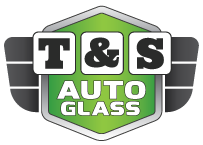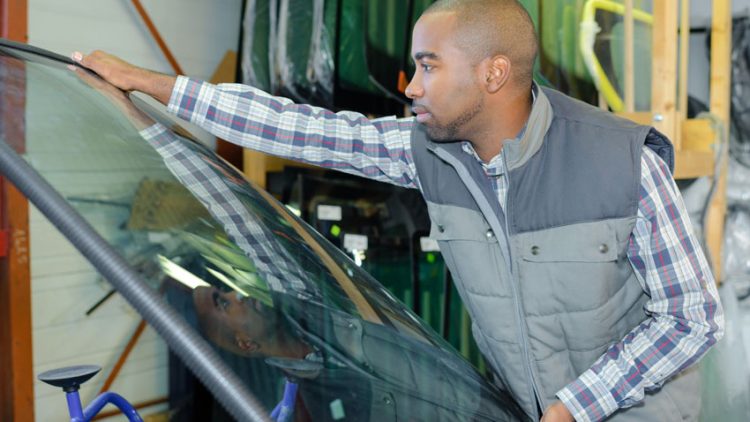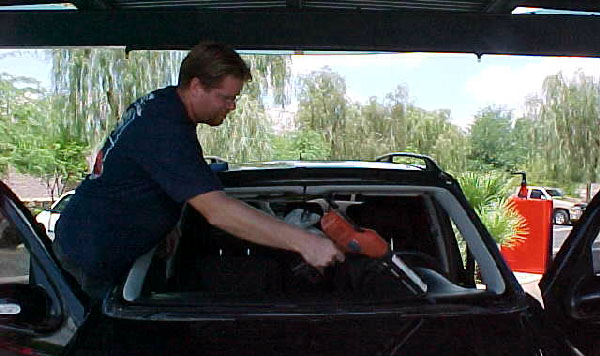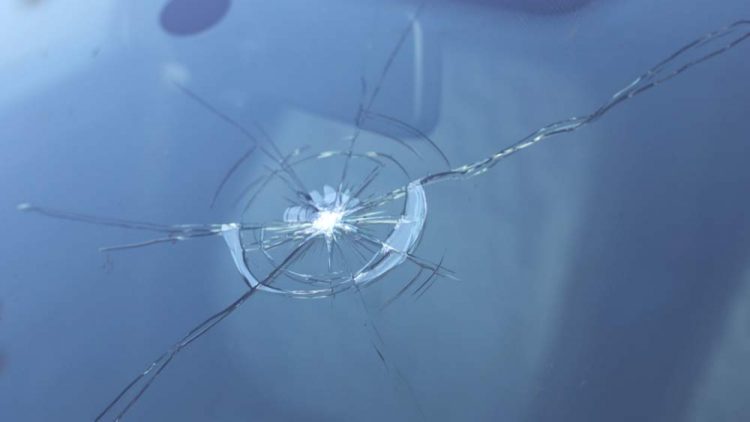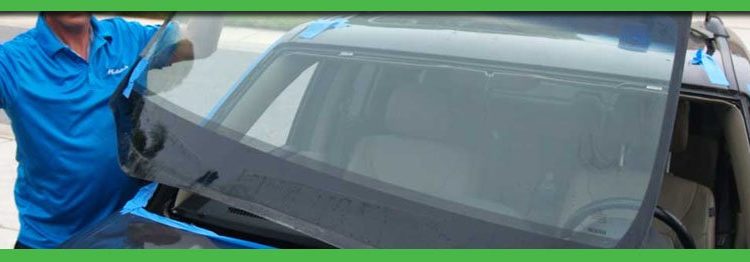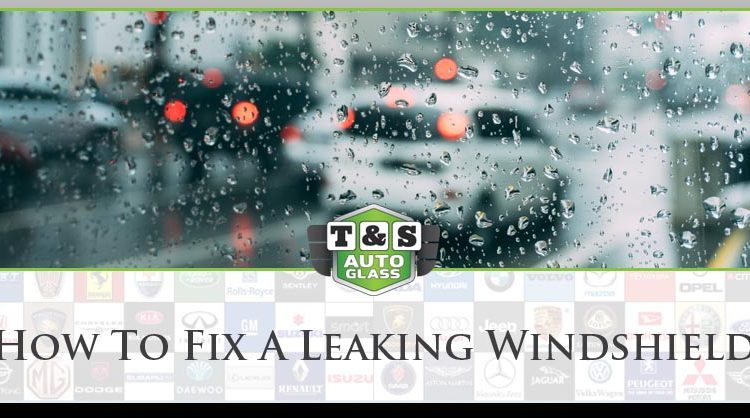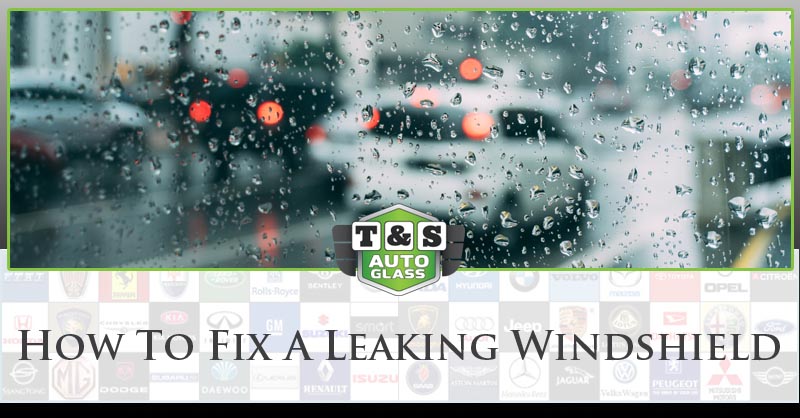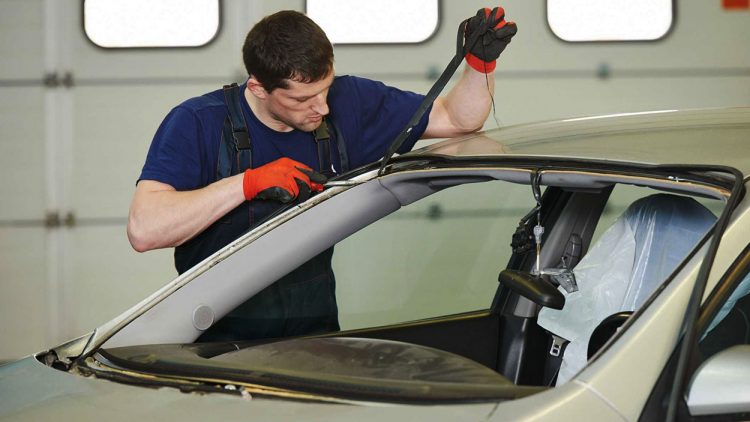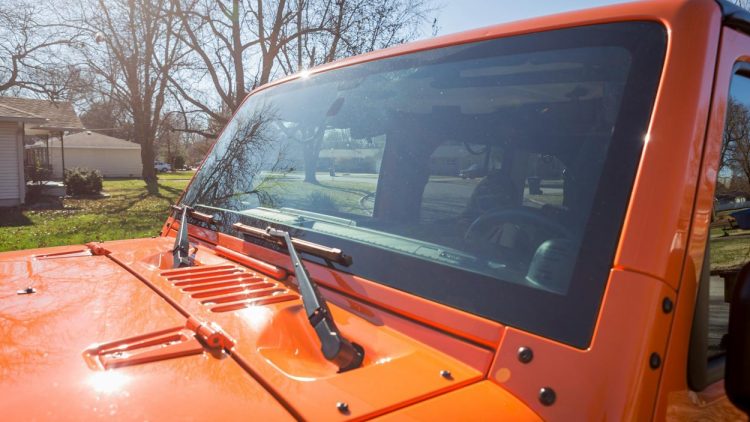Windshield Chips Repair Costs 2025
Repairing a chipped windshield promptly is crucial to prevent further damage and ensure driving safety. The cost of repairing a windshield chip in 2025 varies based on factors such as the size and location of the chip, the type of vehicle, and the service provider. Here’s a breakdown of the typical costs:
Average Repair Costs:
- Small Chips or Cracks (up to a half-dollar size): Repairing minor chips or cracks typically costs between $20 and $60.
- Larger Cracks (up to a foot long): For more extensive damage, repair costs range from $50 to $70.
- Multiple Cracks or Extensive Damage: If your windshield has multiple cracks or significant damage, the repair costs can be higher, and in some cases, replacement might be more cost-effective.
DIY Repair Kits:
For minor chips, DIY repair kits are available and typically cost around $10 to $20. While these kits can be a temporary solution, professional repair is recommended to ensure the structural integrity of the windshield.
Insurance Considerations:
Many insurance policies cover windshield chip repairs, often with little to no out-of-pocket cost to the policyholder. It’s advisable to check with your insurance provider to understand your coverage and any potential impact on your premiums.
Conclusion:
Addressing windshield chips promptly can prevent more extensive damage and higher costs down the line. Consult with a professional auto glass service to assess the damage and determine the most appropriate course of action.
Repairing a Chipped Vehicle Windshield
Repairing a chipped windshield is a cost-effective and quick way to prevent further damage and maintain visibility while driving. Here’s what you need to know:
When Should You Repair a Windshield Chip?
✅ The chip is smaller than a quarter
✅ It’s not in the driver’s direct line of sight
✅ The damage is not at the windshield edges
✅ The crack is not spreading
If the chip is too large or the crack is growing, a full windshield replacement may be necessary.
DIY vs. Professional Repair
🔹 DIY Repair Kits ($10–$20)
- Best for small chips
- Includes resin, applicator, and curing tools
- Can improve appearance but may not restore full strength
🔹 Professional Repair ($50–$70)
- Uses specialized resin and vacuum technology
- Restores structural integrity and clarity
- Takes about 30 minutes
Many insurance companies cover chip repairs for free under comprehensive policies to avoid a full replacement.
How the Repair Process Works
1️⃣ Cleaning – The technician removes debris and moisture from the chip.
2️⃣ Resin Application – A special resin is injected into the damaged area.
3️⃣ Curing – UV light is used to harden the resin.
4️⃣ Polishing – The surface is smoothed for clarity.
Final Thoughts
- Fix a chip ASAP to prevent cracks from spreading.
- Check insurance coverage—many providers offer free repairs.
- Consider professional repair if safety or visibility is a concern.
Do I Repair or Replace my Chipped Windshield?
Deciding whether to repair or replace a chipped windshield depends on several factors, including the size, depth, and location of the damage. Here’s a quick guide to help you make the best choice:
When to Repair Your Windshield
✅ Chip is smaller than a quarter or a crack is under three inches
✅ Not in the driver’s direct line of sight (repairs can cause slight distortion)
✅ Damage is not at the edges (edge cracks weaken the entire windshield)
✅ Chip is shallow and hasn’t penetrated the inner layer
🔹 Cost: $50–$70 for professional repair (often covered by insurance)
🔹 Time: Takes about 30 minutes
💡 Tip: Small chips can spread quickly due to temperature changes, road vibrations, or moisture, so repair ASAP to avoid a full replacement.
When to Replace Your Windshield
❌ Chip is larger than a quarter or a crack is over six inches
❌ Crack has spread or branched out (especially long spiderweb cracks)
❌ Damage is in the driver’s line of sight (repairs may cause distortions)
❌ Chip is deep, reaching both inner and outer glass layers
❌ Damage is near the edges, compromising the windshield’s structural integrity
🔹 Cost: $200–$500 for standard vehicles, $800+ for windshields with ADAS sensors
🔹 Time: Usually 1–2 hours
💡 Tip: Many comprehensive insurance policies cover zero-deductible windshield replacement in states like Arizona, Florida, and Kentucky. Check with your insurer before paying out of pocket.
Final Recommendation
- If the chip is small and doesn’t affect visibility? → Repair
- If the crack is spreading, deep, or obstructing your vision? → Replace
Advantages of Windshield Chip Repair
Repairing a windshield chip as soon as possible has several advantages, saving you money, time, and safety risks. Here’s why you should prioritize a quick repair:
1️⃣ Cost-Effective
✅ Cheaper than replacement – A repair typically costs $50–$70, while a full replacement can range from $200 to $1,000+ (especially for cars with ADAS sensors).
✅ Often covered by insurance – Many comprehensive insurance policies cover chip repairs with zero out-of-pocket costs to prevent larger claims for replacements.
2️⃣ Prevents Further Damage
✅ Chips can spread into long cracks due to temperature changes, road vibrations, and moisture.
✅ A quick repair strengthens the glass, stopping cracks from expanding and avoiding a costly replacement later.
3️⃣ Quick & Convenient
✅ Takes only 30 minutes compared to a 2-hour replacement.
✅ No need to remove and reinstall the entire windshield.
✅ Mobile repair services can fix it at your home or office.
4️⃣ Maintains Structural Integrity
✅ The windshield supports up to 45% of the car’s structural strength in a front-end collision.
✅ A chip weakens the glass, and a repair restores durability, preventing it from shattering under pressure.
5️⃣ Preserves Visibility & Safety
✅ A damaged windshield can cause glare, distortions, or obstructions in your field of view.
✅ A properly repaired chip ensures clear visibility and safer driving conditions.
Final Thoughts
Repair ASAP to avoid larger problems! If your chip is smaller than a quarter and not in your direct line of sight, a quick repair is the best option. If you wait too long, the chip may expand, requiring a costly replacement.
T&S Auto Glass Offers Windshield Chip Repair in Chandler
For auto windshield chip repair in Chandler, call us today to schedule an appointment! We also offer windshield replacement.
